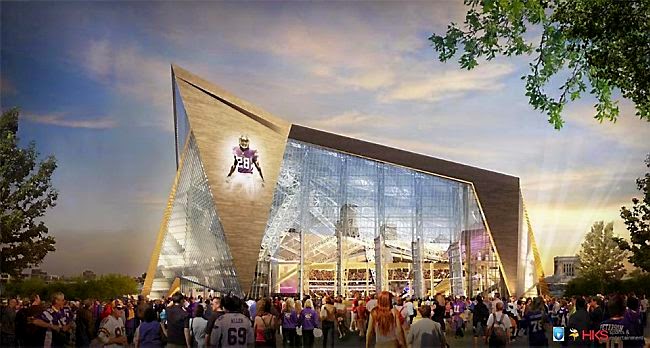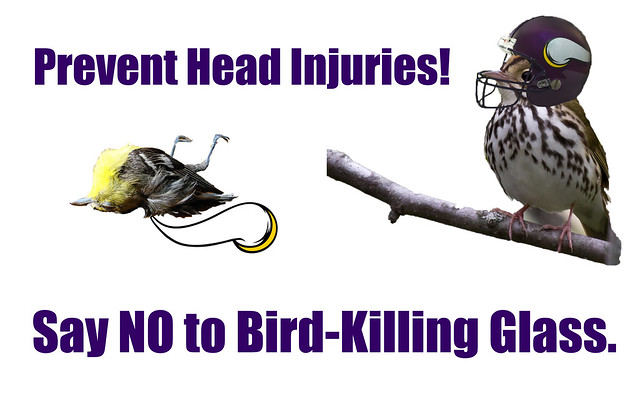87. Get involved in land-use issues and work for strong protection of natural habitat.

One of the reasons that so few people take an active role in political action is that it’s so hard to tease out which regulating agencies are involved and to understand the bureaucratic underpinnings of each one. It’s even harder to figure out the wisest course of action to make oneself heard at any level of government. Joining local and state chapters of conservation organizations such as the Izaak Walton League and the Audubon Society, or just subscribing to their electronic newsletters, can help you get a handle on pressing issues and specific ways you can help.
When developers propose housing or business projects on public land or on adjacent private land, the issues are sometimes covered in the newspaper. But often, such developments are proposed and approved more quietly. Get to know the people on your local and county zoning and planning boards, and find out how you can stay abreast of proposed developments.
Sometimes private land is left undeveloped and unfenced for so long that there is a public perception that it’s public land; when houses or businesses suddenly spring up, especially along lakeshores and other sensitive places, people can be extremely distressed, but usually, very little can be done. Some development projects, however, can and should be stopped. It’s important for you to keep a level head, assess your options, and try to achieve the best realistic resolution possible. Some developers are willing to work with conservationists to devise building and landscaping plans that are less harmful to birds or actually benefit them, but this virtually never happens after angry confrontations and harsh rhetoric. Developers are usually represented by lawyers or other paid agents with no emotional stake in the outcome; they put in a day’s work and then go home. Conservationists usually have a deep emotional connection to the land they’re trying to save; they put together their case, attend meetings, and consult experts, in addition to working forty hours a week at their real jobs. It’s not surprising that the handful of committed conservationists working in an area can get burned out, while the developments keep coming. By working with a local organization, people can help one another maintain morale, make sure no one gets overburdened, and help everyone keep things in perspective. Brainstorming with other conservationists also makes it easier to strategize and to devise creative alternatives to minimize harm when a development project is going forward.
Some of the most important development issues include the construction of lighted communication towers, wind farms, and power lines, especially where migratory birds collect or sensitive species may gather, and the construction of buildings with large windows, especially tall ones along migratory pathways. In the case of communication towers, ornithologist Bill Evans has compiled a wealth of information about the problem, including guidelines that the U.S. Fish and Wildlife Service has developed to help regulators and communications companies plan towers that will minimize bird deaths. These resources are available at www.towerkill.com.
When fighting a development project, collect specific data to support the genuine importance of the area for birds and the number that would be vulnerable if the project went through. The more thoroughly you understand the risks and ways the developer can modify the project to minimize the damage, the stronger your case will be and the more likely it is that the issue will be resolved in a way that is least harmful to birds.

From 101 Ways to Help Birds, published by Stackpole in 2006. Please consider buying the book to show that there is a market for bird conservation books. (Photos, links, and updated information at the end of some entries are not from the book.)